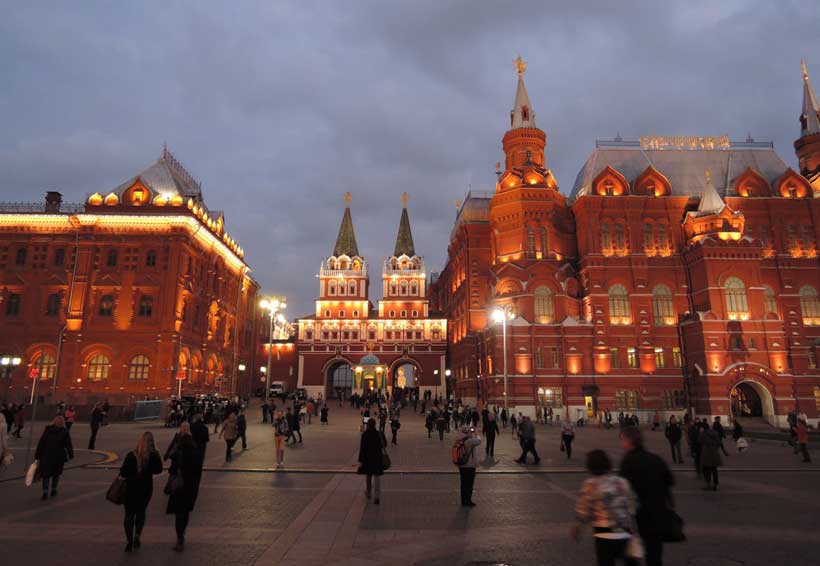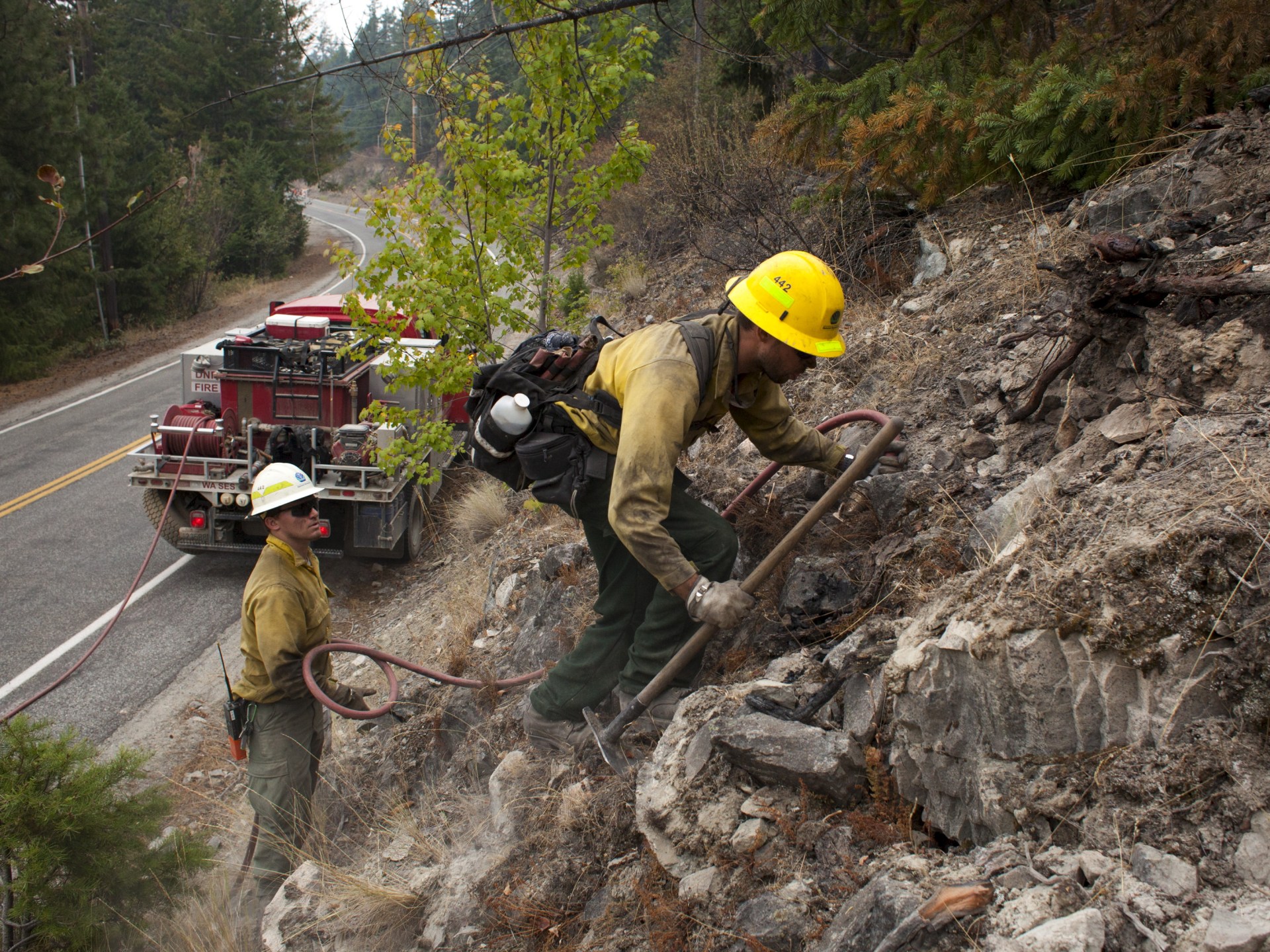Tackling Demographic Challenges, Russia Opposes Migrants Replacing Native Population
Russian President Vladimir Putin, in a speech delivered on October 23rd, launched family support initiatives aimed at boosting Russia’s population. Essentially, the initiatives are not new ideas, but reiterating them demonstrates the Kremlin’s unprecedented and renewed commitment to the earlier promises of reversing population decline within the framework of creating investment opportunities and working for economic growth.
Putin, attending the first meeting of the Council for the Implementation of State Demographic and Family Policy, made several points, including the following:
– outlined concretely comprehensive steps and created conditions that enable the birth of as many children as possible in Russia. A family with three or more children should be considered as a minimum standard. At the same time, it is also essential to encourage students in the system of higher education to combine studies with family life.
– suggested, without delay, providing financial support for families as an underlying factor for strengthening the demographic policy. It is necessary to work on incentives such as maternity capital, preferential loans, flat-rate benefits for low-income families, and low-interest mortgages.
– trashed side, in absolute terms, migration to replace the native population, which often sacrifices national identity and culture, and, importantly, could cause internal political instability.
– advocated strongly for addressing the demographic challenge by supporting large family traditions and preserving genuine Russian family values.
It is important to regularly analyze the effectiveness of the measures in the sphere of family policy, improving the system of social support to make it as transparent as possible, understandable, and convenient for families with children. This approach guarantees the future, preserves the ethno-cultural balance in Russian society, and strengthens Russia’s sovereignty.
Demographic complexities and implications
There are several complications in Russia’s demography policy, although officials and demographers keep analyzing family support measures currently in effect and identifying and scaling up the most effective of them. At least, for the past decade, Russia’s approach has simply not been working perfectly well as expected. Accurate statistics and population surveys reflecting the realities are needed for correct managerial decisions.
There is a constant temptation to use maternity capital to resolve various other issues. Naturally, families with children always face many of them; they are endless. Considerable efforts have been taken to raise the level of population, but with little results. Russia’s population figures are seriously staggering, with researchers and demographers pegging it at approximately 142 million.
In the first place, Russia has a relatively high death rate, influenced by health issues and lifestyle factors. In the second place, the birth rate has been declining over the years, contributing to a natural decrease in population. Third, emigration, especially among young professionals and specialists, is due to a lust for better economic and living conditions outside the Russian Federation.
Moscow, the capital city of Russia, is currently under reconstruction. Alternatively, the city periphery (outskirts), the new micro-region where residential apartment blocks are undergoing construction, needs serious migrant labor. Moscow city mayor Sergey Sobyanin reiterated that the municipal administration needed 250,000 (a quarter of a million) to work on the construction sites (fields). In addition, many are required for tidying up the city. Sobyanin complained that there was a shortage of labor. St. Petersburg, the second largest city, and other major cities are constantly complaining and stuck with new construction projects.
On one hand, Putin, in his October 23rd speech, indicated categorically his opposition to raising population by naturalizing citizens from the Central Asian republics. On the other hand, Putin, during the second Russia–Central Asia Summit, held in Tajikistan’s capital, Dushanbe, considered aspects of agreements encompassing migration of Central Asian citizens to Russia as a logical continuation of the close partnership within the framework of regional collaboration.
Regrettably, legalizing 1.5 million (the majority from former Soviet republics) and transferring them to the Arctic and Far East regions to boost employment and systematically engage this labor in the production spheres is extremely hard for the Russian government. A well-coordinated and controlled ‘immigration’ could be one of the surest ways to allow population growth and comprehensive sustainable development and economic growth.
Russia’s Logical Decision
In Putin’s candid views: “Different countries respond to this demographic challenge in various ways, including encouraging uncontrolled and even chaotic migration to replace the native population.” As a result, nations often sacrifice national identity, culture, and internal political stability.
Therefore, Russia opposes migrants replacing the native population, as contained in the speech by Russian President Vladimir Putin. It was explicitly made clear that offsetting falling birth rates with immigration is destructive to internal stability and national identity. There stands the only option: Russia will support family values as the foundation of its society, rather than following in the footsteps of countries that try to solve demographic issues by replacing their native populations with “chaotic migration,” according to Russian President Vladimir Putin.

